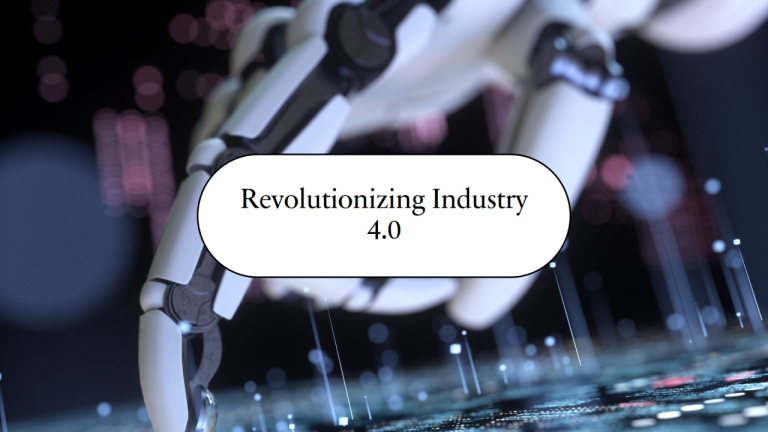The mining industry, long regarded as a cornerstone of global economies, is under increasing pressure to prioritize the safety and well-being of its workforce. With thousands of workers employed in mines worldwide, the industry faces heightened scrutiny as incidents and accidents continue to highlight the risks inherent in the profession. In response to mounting concerns, both regulatory authorities and advocacy groups are calling on mining corporations to not only comply with safety regulations but to adopt a culture that places employee welfare at the forefront of operations.
The Historical Context of Safety Concerns in Mining
Mining has always been a dangerous occupation. From the early days of the industrial revolution to modern-day operations, miners have faced grave risks, including cave-ins, explosions, exposure to hazardous chemicals, and long-term health issues such as black lung disease. The toll on human lives has been staggering, leading to the introduction of various safety measures over time. However, despite advances in technology and regulation, mining continues to be one of the most dangerous industries in terms of fatality rates.
In the past, the focus of many mining corporations was largely on maximizing production while ensuring minimal compliance with safety standards. This approach often led to lax enforcement of safety protocols, which in turn resulted in avoidable accidents and health risks. In recent years, however, the tide has been turning. Public outcry, government regulations, and the growing awareness of corporate social responsibility have prompted companies to reassess their approach to worker safety.
The Role of Government and Regulatory Bodies
Governments around the world have long been involved in regulating the mining industry to ensure the safety of miners. In the U.S., the Mine Safety and Health Administration (MSHA) oversees the enforcement of safety laws. Similarly, the International Labour Organization (ILO) and other regional bodies have set guidelines to protect miners’ health and safety.
While these regulations have been crucial in reducing fatalities and accidents, there is still room for improvement. Government agencies are continuously revising safety standards to address emerging risks such as the impact of climate change on mining operations, mental health challenges for workers, and the introduction of new technologies like automation and artificial intelligence, which may pose different hazards.
In some cases, however, regulatory standards remain insufficient or are poorly enforced. This highlights the need for mining corporations to take proactive steps beyond legal compliance—by fostering a safety culture within their organizations and implementing best practices.
The Shift Toward a Safety-First Culture
A growing movement within the mining sector emphasizes the importance of developing a safety-first culture. This means prioritizing the well-being of workers at every level of operation, from the top executives to the miners on the ground. Creating such a culture involves more than just adhering to basic safety protocols; it requires a shift in mindset that values the lives of employees as an integral part of a company’s success.
To build this culture, many mining corporations are adopting a more holistic approach. They are focusing not only on physical safety but also on mental and emotional well-being. Mining work is often isolating, physically demanding, and mentally taxing, and companies are increasingly investing in programs that provide psychological support, stress management, and peer support networks. Furthermore, there is a rising awareness of the importance of work-life balance, with some corporations offering flexible schedules or more time off to help workers recharge and reduce burnout.
Training is another critical component of fostering a safety-first culture. Corporations are investing in ongoing education programs to ensure that workers understand and follow safety procedures, are equipped to handle emergency situations, and can identify and mitigate potential hazards. Additionally, many companies are introducing cutting-edge technology such as wearable devices that monitor workers’ health and detect dangerous conditions, such as excessive heat or exposure to harmful gases.
Corporate Responsibility and Worker Advocacy
In addition to the safety measures mentioned above, there is a growing movement advocating for greater corporate responsibility within the mining sector. Organizations such as the International Council on Mining and Metals (ICMM) and the World Safety Organization (WSO) encourage mining companies to adopt sustainability practices that not only protect the environment but also safeguard the well-being of employees.
Advocacy groups are calling for increased transparency in reporting workplace injuries, health issues, and fatalities. With improved data and open reporting, mining companies can better identify areas for improvement and address potential risks before they escalate into serious incidents. Additionally, worker unions and advocacy organizations are pushing for stronger labor protections, including fair wages, job security, and access to health care, particularly for workers dealing with chronic health conditions resulting from exposure to hazardous substances.
The Business Case for Employee Well-Being
Prioritizing worker safety and well-being is not just the right thing to do; it also makes sound business sense. A commitment to a safe working environment can lead to improved productivity, higher morale, and lower turnover rates. In contrast, accidents, fatalities, and health problems can lead to costly lawsuits, regulatory fines, and damage to a company’s reputation.
Moreover, companies that invest in the well-being of their employees often see a return on investment in the form of increased worker loyalty, improved public perception, and more attractive partnerships with investors and stakeholders who value social responsibility.
Looking Ahead
The mining industry is at a crossroads. As the global demand for minerals and resources continues to grow, mining corporations must adapt to the challenges of maintaining safe and sustainable operations. Embracing a culture of safety, focusing on the physical and mental health of employees, and holding themselves accountable for worker welfare are not just obligations—they are essential steps toward ensuring the long-term success and viability of the industry.
By prioritizing the safety and well-being of their employees, mining corporations have an opportunity to lead by example, proving that it is possible to be both profitable and socially responsible. In doing so, they can create a future where miners return home safely to their families at the end of each shift, and the industry as a whole moves toward a more sustainable and ethical model.


